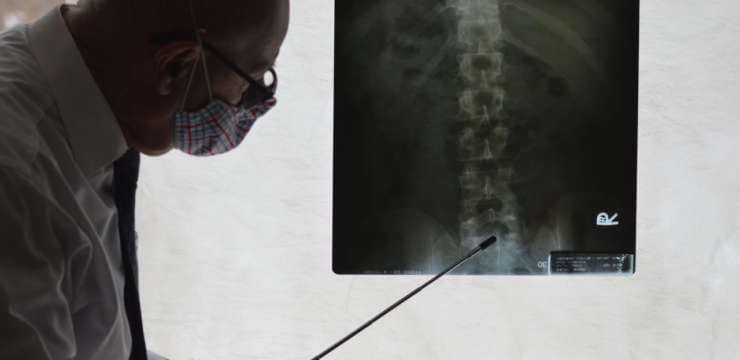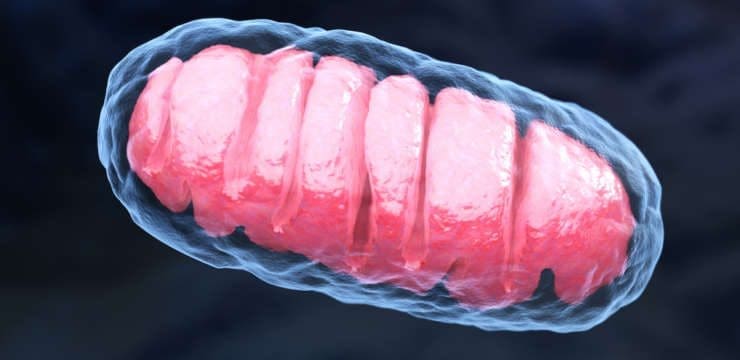It is estimated that every adult will experience some form of back pain at least once in their lives. There’s a difference between mechanical and…


It is estimated that every adult will experience some form of back pain at least once in their lives. There’s a difference between mechanical and…

Rain generally comes with a drop in barometric pressure. A low-pressure system you may have heard from the local weather forecast. Lower pressure outside can…

The link between the nociceptive muscular pain and weakness with mitochondrial function is tied with its capacity to produce energy in the form of ATP…

Bowling is a fun physical activity that is enjoyable for all ages. Today, there are college bowlers, recreational bowlers, amateur, semiprofessional, professional leagues, and tournaments…

The hands are a magnificent piece of work. Its intricate design and functional form follow the hand. However, any injury to the underlying structures of…

The textual definition of pain describes it as the physical suffering caused by an illness injury. Nevertheless, pain can also be inflicted or felt if…


Anyone from young children, adults, and the elderly can get a spinal infection. Individuals can have an infection: In vertebral bone tissue An intervertebral disc…

Over the last decade, we have seen a growth in the Elderly population. A broad set of socioeconomic and biochemical challenges are included in the…

The latissimus dorsi or lats are the large flat muscles on each side covering the width of the middle and lower back. They connect the…

In this Functional Medicine podcast Dr. Alex Jimenez invites Master Hypnotist Eric Richmond CRNA, BCH, CI, RM and Connie Pemberton – retired RN to talk…

Muscle cramp and muscle spasm: Three types of muscles make up the body. Cardiac muscle makes up the heart. Smooth muscle cells line the blood…

Getting dizzy can happen, usually after standing up too fast or staring at an optical illusion then looking away. The unsteadiness can be troubling but…

Tinnitus is defined as the perception of sound without an external acoustic stimulus. It is a prevalent complaint in ENT offices, but the etiology of…

Chiropractors and spine specialists utilize spinal imaging through X-rays, MRIs, or CT scans to figure out what is causing back problems and pain. Imaging is…

When back pain presents for a prolonged period, the back muscles reduce in mass but increase fat content, resulting in more stiffness. This leads to…